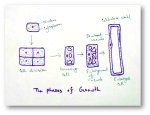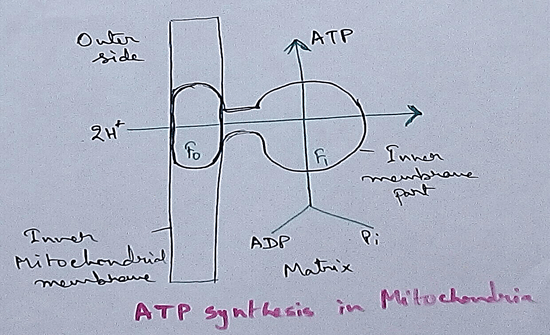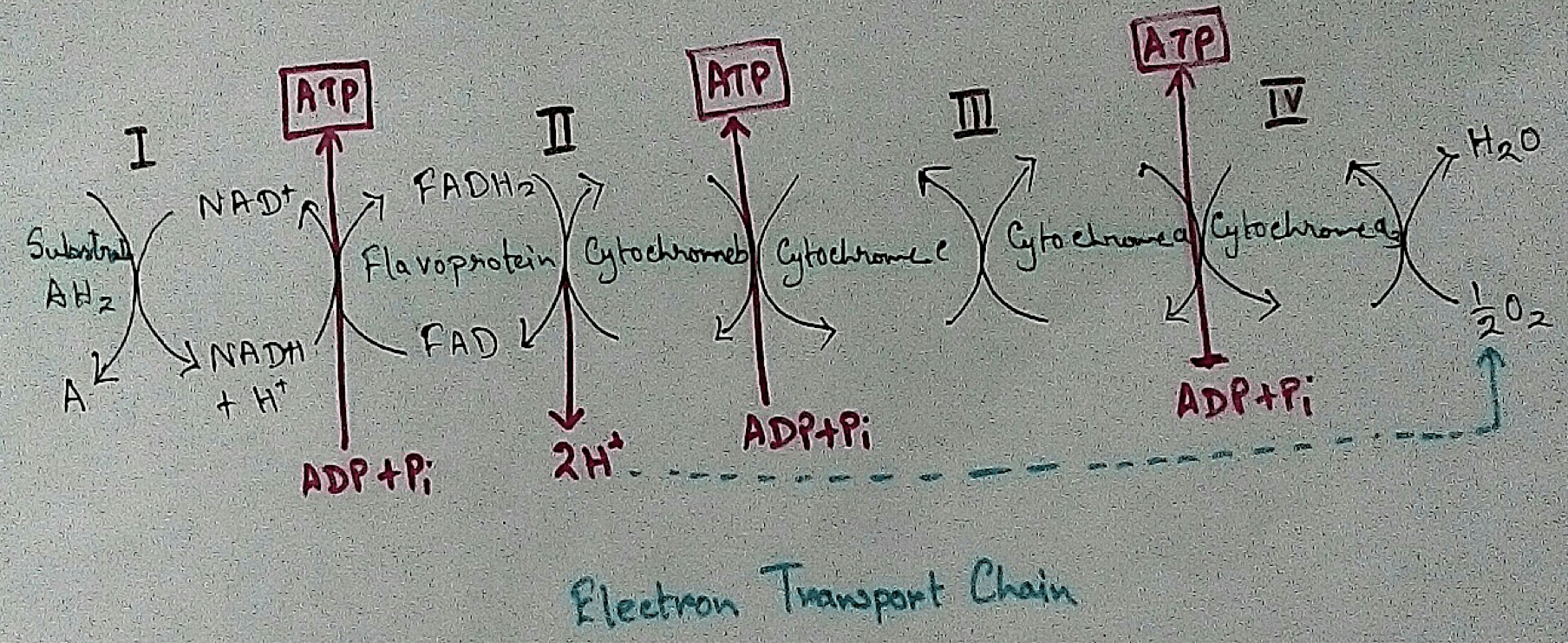Mass and Weight
We will discuss here about the measurement of mass and weight of any object. When we look around we can see innumerable varieties of objects physically, which are known as substances ; from a tiny particle to a huge bolder, all these are considered as substances and can be perceived by our sense organs. Each substance is made up of some material and the quantity of material present in a substance is its mass.
If a cricket ball is powerfully hit by a bat the ball moves up. After reaching a certain height the upward movement of the ball ceases and it starts falling down to the Earth because it is due to the attraction of the Earth. The Earth attracts every object exists on and around it towards itself. This attraction is known as the gravity of the Earth. The force of attraction of the Earth on a particular mass of a body is known as the weight of that body.
The force of gravity on a body varies slightly from place to
place on the Earth. On a hill top the gravity of a body will be lesser than on
a plain land. If gravity reduces at any place due to its height from the centre
of the Earth, the weight of a body also reduces at that place proportionately.
So, weight of a body, measured in Mount Everest, will be lesser than its weight
as measured in Delhi. Thus, the gravity of the Earth at its centre is zero and
maximum on its surface. So if we go down to a mine the gravity will be lesser
and our weight will decrease. But mass of a substance is always constant and it
never changes with the change in gravity and place.
Note:
All stars and planets in the Universe have their own gravity, which is different from each other. The gravity of the Earth is six times higher than that of the Moon. So, an astronaut having body weight of 60 kg on the Earth will weigh only 10 kg on the Moon.
From Mass and Weight to HOME PAGE
Recent Articles
-
Explain about Growth in Plants |Definition of Growth & Differentiation
Feb 27, 25 02:07 PM
Growth is a permanent increase in length or volume of an organism that brought upon by an increase in its dimensions due to synthesis of new protoplasmic material. -
Definition of Respiratory Quotient | calculation | Application | Plant
Dec 02, 24 12:09 AM
Definition of respiration quotient- the ratio of the carbon-dioxide evolved to that of the oxygen consumed by a cell, tissue, plants or animals in a given time is called respiratory quotient. It is us… -
Amphibolic Pathway | Definition | Examples | Pentose Phosphate Pathway
Jun 06, 24 10:40 AM
Definition of amphibolic pathway- Amphibolic pathway is a biochemical pathway where anabolism and catabolism are both combined together. Examples of amphibolic pathway- there are different biochemical… -
Respiratory Balance Sheet | TCA Cycle | ATP Consumption Process
Feb 18, 24 01:56 PM
The major component that produced during the photosynthesis is Glucose which is further metabolised by the different metabolic pathways like glycolysis, Krebs cycle, TCA cycle and produces energy whic… -
Electron Transport System and Oxidative Phosphorylation | ETC |Diagram
Feb 04, 24 01:57 PM
It is also called ETC. Electron transfer means the process where one electron relocates from one atom to the other atom. Definition of electron transport chain - The biological process where a chains…




New! Comments
Have your say about what you just read! Leave me a comment in the box below.